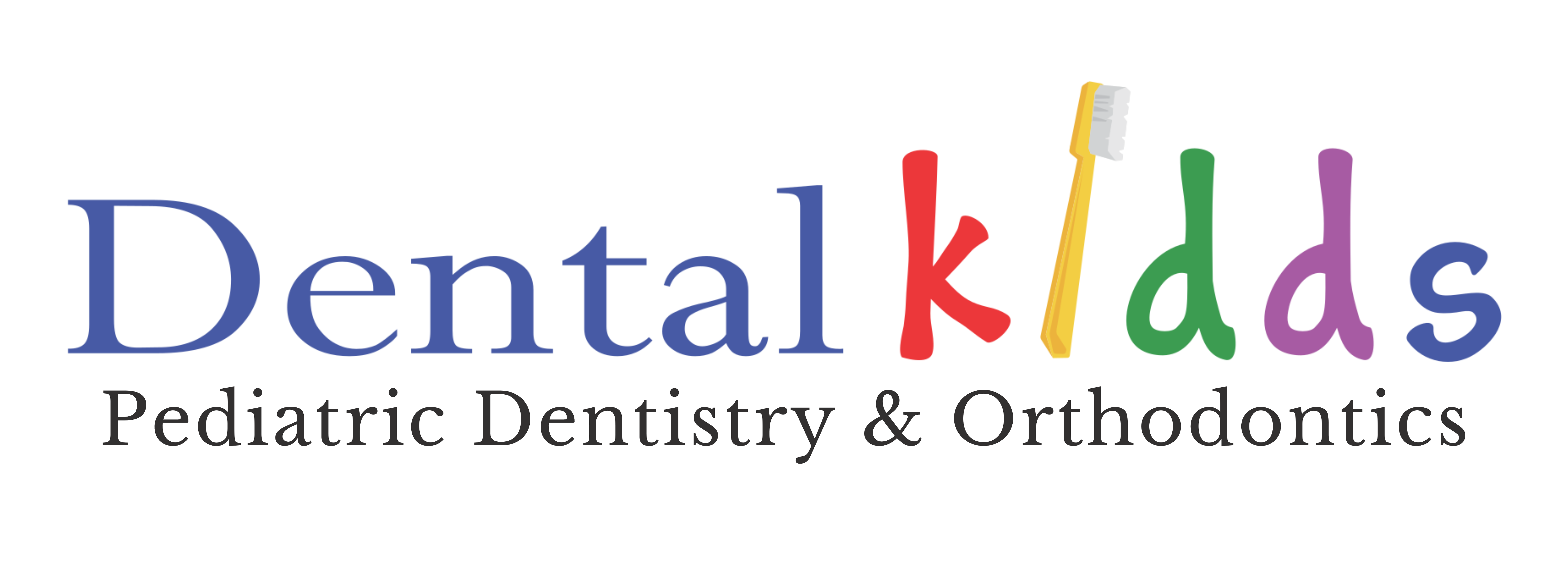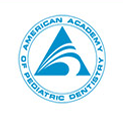











Treatment Options
Treatments
Dental Kidds Pediatric Dentistry has provided personalized dental care to thousands of families. Our patients come from near and far to experience the warm, individualized care we provide. We pride ourselves in utilizing the most modern equipment and methods available.
In order to provide nothing but the best to our patients, our office uses state-of-the-art technologies in all our procedures. These new technologies allow us to detect dental concerns at early stages, treat your dental issues with precision, and provide stunning and customized restorations. Our premium dental software system maximizes your time and our office efficiency. When you visit our office you can be confident that you are receiving the finest and most advanced in dental care.
Nitrous Oxide
We utilize Nitrous Oxide, better known as laughing gas, for some of our treatment procedures. The American Academy of Pediatric Dentistry identifies this sedation method as a very safe and effective technique to use for treating children’s dental needs. It is the preferred sedation method for children who need small amounts of dental work and is easily reversed once treatment is complete.
Nitrous oxide is a blend of two gases-oxygen and nitrous oxide. This sedation method is administered through a small breathing mask placed over your child’s nose. This helps your child to relax, but without putting them to sleep. It is non-addictive and quickly eliminated from the body with normal breathing. After the procedure, your child can resume daily activities as normal. Your child may experience a sense of relaxation and be less concerned with the sights, sounds, and sensations of dental work with nitrous oxide sedation. Other common effects of nitrous oxide are lightheadedness, tingling or floating feeling in limbs, possible sleepiness and giggly or funny feeling. If you have any questions or concerns please call our office for any further information.
Tooth Colored Fillings
More than half of children over age six have some degree of tooth decay. When cavities are left untreated, they can lead to pain, infection and even tooth loss. Fortunately, as pediatric dentists, we aim to treat cavities before they grow and cause complications, such as pain or infections. Tooth colored fillings (composite or glass ionomer resins) are used to repair fractured teeth and/or areas of decay. The shade of the restorative material is matched as closely as possible to the color of the natural teeth.
Pulpotomy or “baby root canal”
When a cavity has become very large it can progress through the tooth layers to the pulp or nerve of the tooth. When the bacteria in the cavity reaches this area, your child can experience pain or swelling. If the pulp is not treated and the infected areas are not removed, the bacteria will continue to cause infection. If this occurs, the tooth will become abscessed and painful requiring early removal of the tooth.
To prevent the tooth from abscessing and to relieve any discomfort we can perform a pulpotomy. We often refer to this as a “baby root canal”. However, this is not as complicated or difficult of a procedure as a root canal on a permanent tooth. To perform a pulpotomy, we remove the cavity and the diseased pulp, then place a medication in this area before restoring the tooth with a crown. The obvious benefit is that the tooth is saved and holds the space for the developing permanent tooth below it. The disadvantages are teeth that receive nerve treatments likely require a crown to be placed on the tooth to provide adequate strength. Occasionally, the bacteria invade the nerve completely and a pulpotomy fails resulting in the tooth needing to be removed, but the risk is low.
Extractions
There may be instances where teeth need to be extracted or removed when they cannot be saved by any other treatments. A tooth may need to be extracted due to severe decay, advanced periodontal disease, infection, orthodontic request, malpositioned teeth, fractured teeth/roots or impacted teeth.
After careful examination and treatment, the dentist may advise to have a tooth extracted. Before a tooth is removed, the dentist will take an x-ray in order to understand the shape and position of the tooth and surrounding bone. The dentist will discuss different sedation and local anesthesia options to help ease your child’s anxiety.
Space Maintainers
A baby tooth usually stays in until a permanent tooth underneath pushes it out and takes its place. One of the most important jobs of a baby tooth is holding the place for the permanent teeth until they erupt. Unfortunately, some children lose a baby tooth too soon due to trauma or dental disease. When a tooth is lost too early, we may recommend a space maintainer to prevent future space loss and dental problems. If a primary molar tooth is lost prematurely, the other teeth around it can drift together and cause crowding. To keep this crowding from occurring, a space maintainer can be used to hold open the empty space left by a lost tooth. They steady the remaining teeth, preventing movement until the permanent tooth takes its natural position in the jaw. It’s more affordable – and easier on your child – to keep teeth in normal positions with a space maintainer than to move them back in place with orthodontic treatment. The procedure for making and placing a space maintainer can be placed at the time of extraction or may require another appointment depending on the type needed. The space maintainer will remain until the back permanent teeth begin to erupt at which time it is easily removed. While wearing a space maintainer it is important to avoid sticky candy or chewing gum.
Crowns
Dental caries that have extended to a larger portion of the tooth structure and cannot be restored with tooth colored fillings will require a full coverage crown. The tooth can be prepared and the crown cemented in a single appointment. It is sufficiently durable to last until the primary tooth exfoliates. A crown is placed following a “baby root canal” since a good portion of the tooth is lost during this procedure. For this option of treatment in our office, we have stainless steel and white zirconia crowns.

 St. Croix Kidds
St. Croix Kidds








